Fieldwork
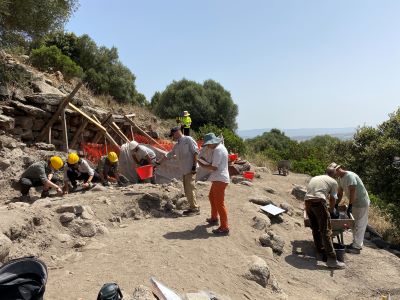
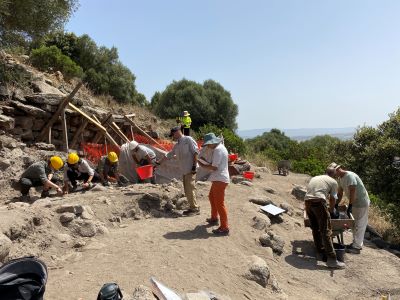
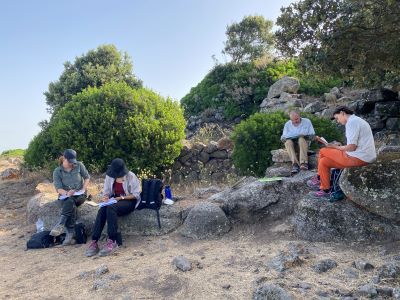
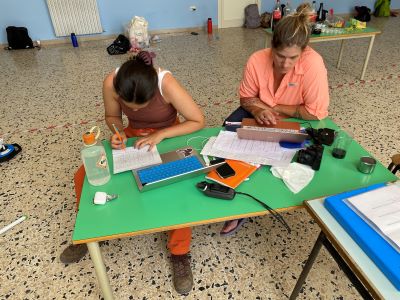
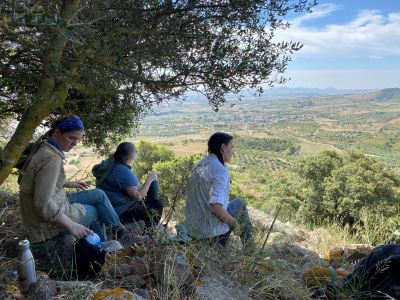
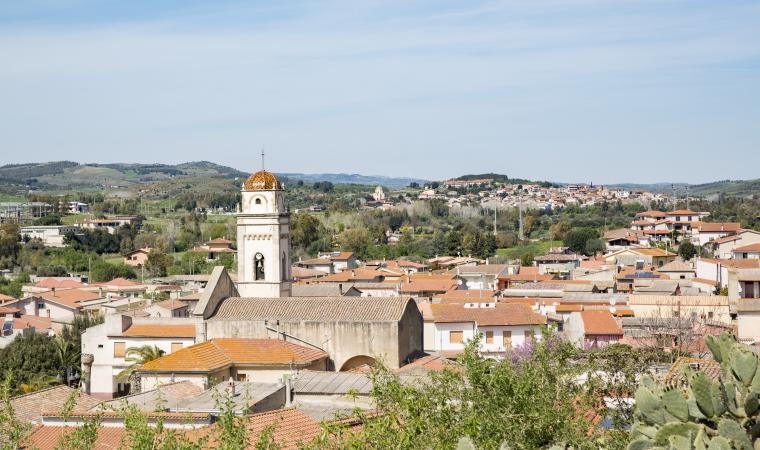
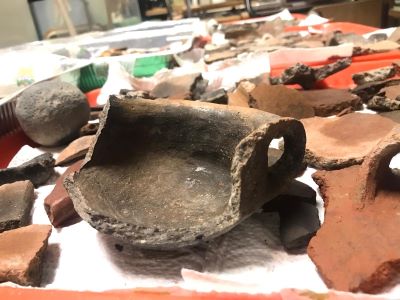
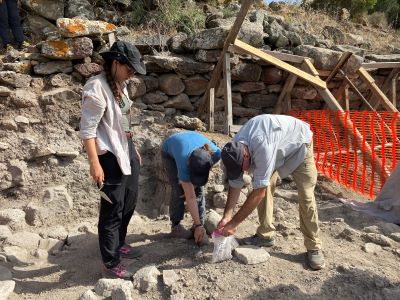
Location: 7W83+65 Silanus, Province of Nuoro, Italy
Season: June 1, 2025 to June 29, 2025
Application Deadline: June 1, 2025
Deadline Type: Rolling
Website: https://www.fieldsciences.org/program/2025-italy-prane-siddi/
Program Type:
Field School
RPA Certified:
No
Affiliation:
Cardiff University (UK), Civico Museo Archeologico “Su Mulinu” di Villanovafranca (Italy) & Center for Field Sciences (US)
Project Director:
Dr. Emily Holt (Archaeological Science Project Officer, Bioarchaeology Unit, Cardiff University, UK) and Dr. Mauro Perra (Director, Civico Museo Archeologico “Su Mulinu” di Villanovafranca)
Project Description:
Pran’e Siddi, or the Siddi Plateau, is a high basaltic plateau located in the south-central part of the island of Sardinia (Italy), near the modern town of Siddi. The area around Siddi was inhabited by prehistoric villagers beginning in the Neolithic period (ca. 4000-3200 BCE). During the Middle Bronze Age (ca. 1700-1450 BCE), these previously egalitarian people began to develop a hierarchical social system with an elite who expressed their power and prestige through the building of monumental stone towers called nuraghi.
The elites of the Nuragic community on the Siddi Plateau built sixteen nuraghi, which they lived in and added onto for three centuries. By 1450 BCE, however, the elite sites on the Siddi Plateau seem to have been abandoned, and the population moved away. Progetto Pran’e Siddi was formed to conduct a thorough investigation of Nuragic climate, environment, land use, and economic practices in the Siddi region. We are interested in finding out what kinds of pressures – social, environmental, and/or economic – made the Nuragic people abandon their towers on the plateau. We are answering these questions through a combination of archaeological excavation and survey.
Period(s) of Occupation: Neolithic period (ca. 4000-3200 BCE) through the Middle Bronze Age (ca. 1700-1450 BCE),
Notes:
Tuition cost is $4,540; Program awards 8 semester credit units (equivalent to 12 quarter credits units) through our school of record – Culver-Stockton College
Project Size: 1-24 participants
Minimum Length of Stay for Volunteers: Full program length
Minimum Age: 18 years old
Experience Required: None. This is hands-on, experiential learning and students will study on-site how to conduct archaeological research. Field work involves physical work and exposure to the elements and thus requires a measure of understanding that this will not be the typical university learning environment. You will have to work outdoors and will get sweaty, tired, and bitten by bugs. Students are required to come equipped with sufficient excitement and adequate understanding that field work requires real, hard work in the sun and wind. The work requires patience, discipline, and attention to detail.
Room and Board Arrangements:
Room and board in Siddi are generously provided by funding from the Comune di Siddi. Students will live in comfortable, but modest, field housing in the town of Siddi. Conditions at the field accommodations are basic: there is only one bathroom, hot water may run out, and students will share communal rooms. Mattresses will be provided, but it may be necessary for some students to sleep on mattresses on the floor.
Breakfast will take place at the Piazza Bar. Lunch and dinner will take place at local restaurants. Students should be advised that traditional Italian breakfast is quite light: coffee or tea and a pastry. Students with larger appetites may wish to purchase additional foods at the local minimarket. Lunch and dinner are more substantial meals. They are communal events that will introduce students to the traditions of Sardinian cuisine. Sardinian food is delicious and hearty, but students should be aware that meat plays a large role in it.
Academic Credit:
Program awards 8 semester credit units (equivalent to 12 quarter credits units) through our school of record – Culver-Stockton College
Dorian Chee
5335 W Adams Blvd #106
Los Angeles
California
90016
U.S.
Phone: (562) 584-0761
The AIA is North America's largest and oldest nonprofit organization dedicated to archaeology. The Institute advances awareness, education, fieldwork, preservation, publication, and research of archaeological sites and cultural heritage throughout the world. Your contribution makes a difference.
Notifications